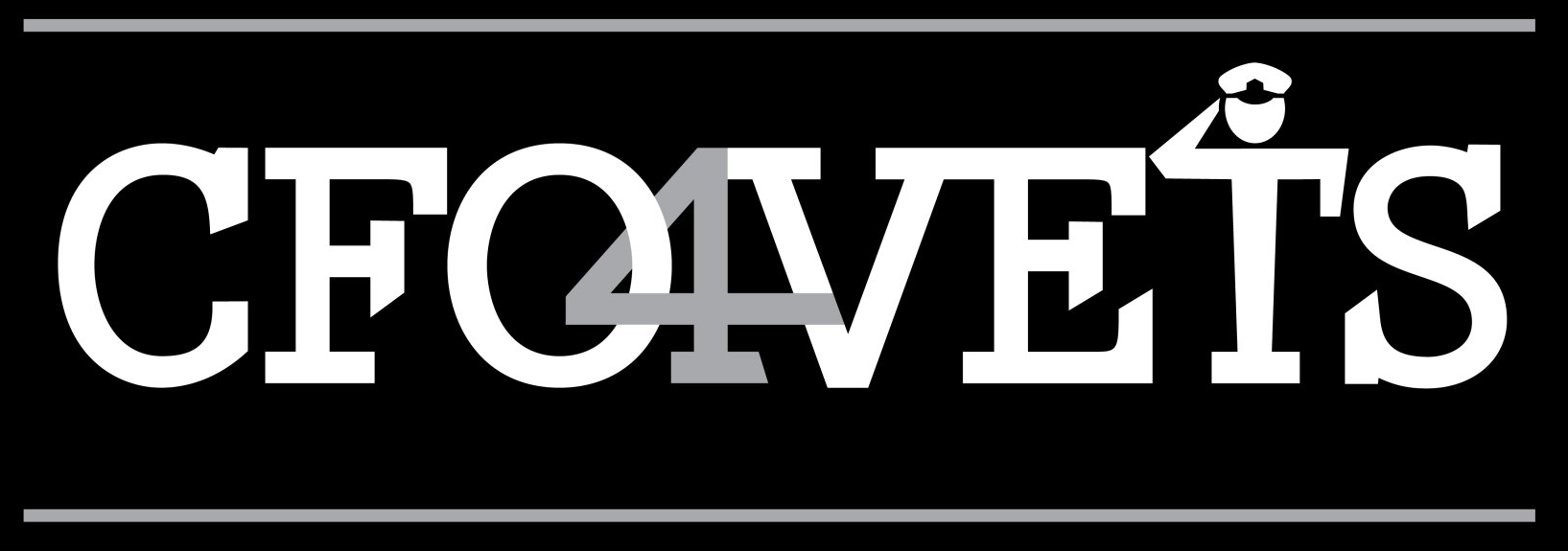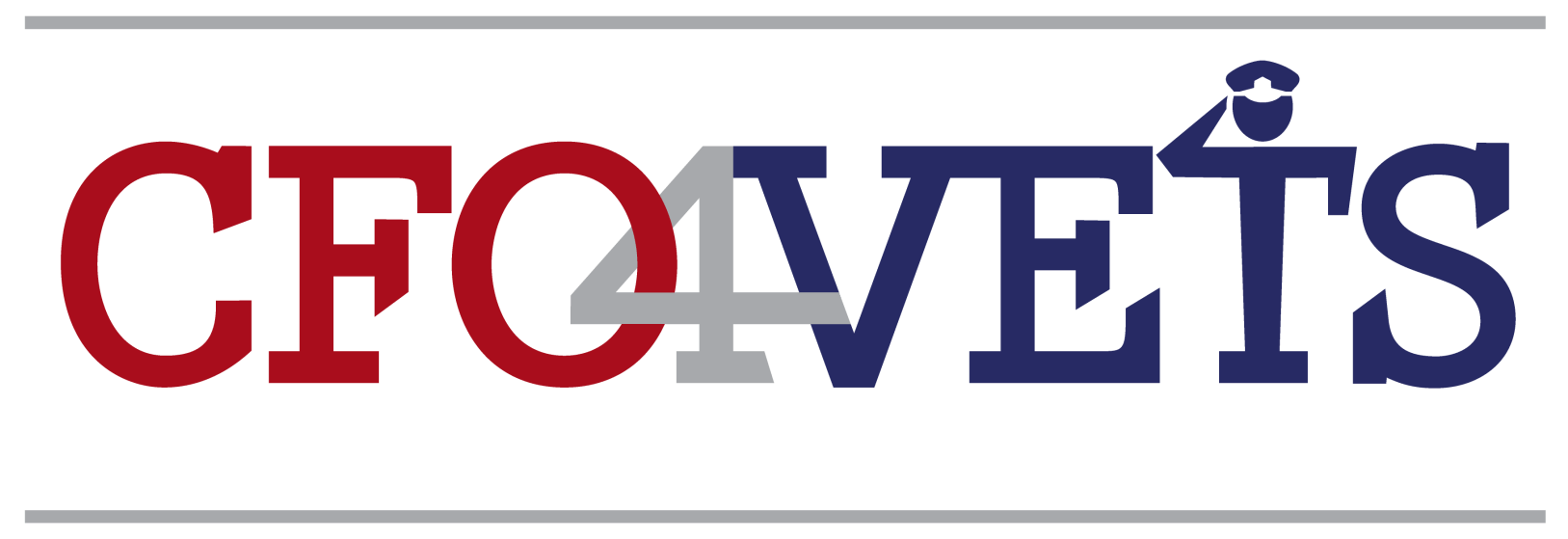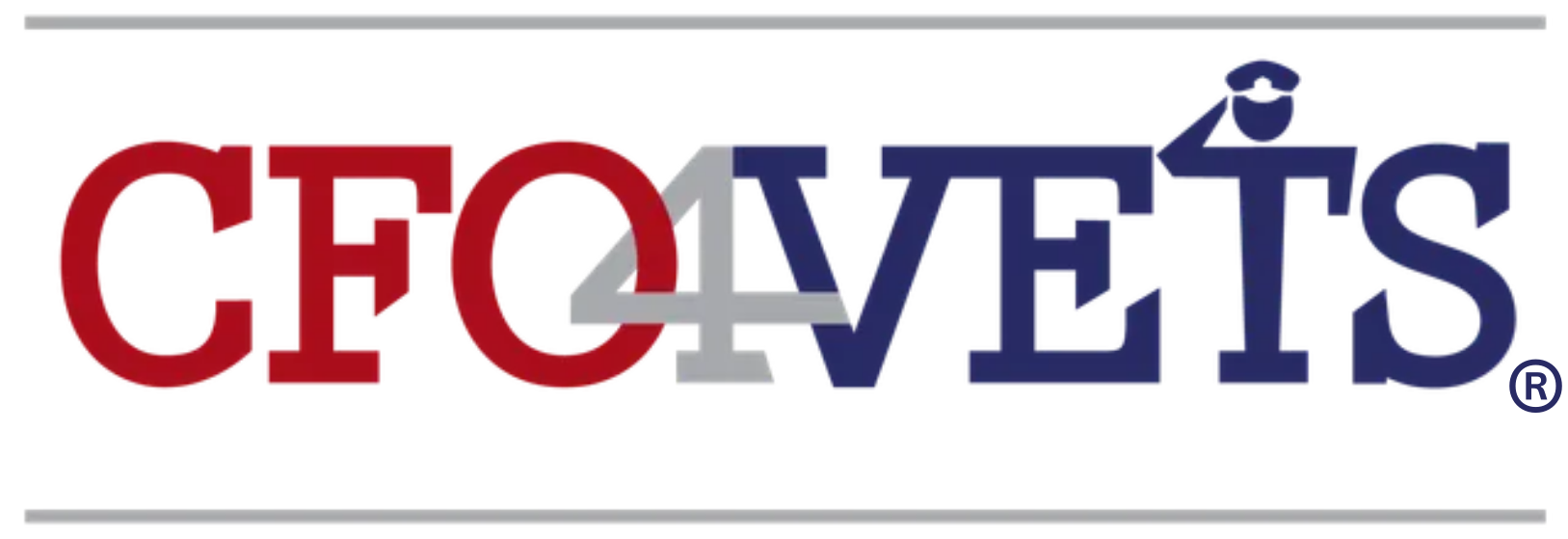BLOG

Every business owner will exit their business at some point – whether voluntarily or involuntarily – yet only about 50% of business owners have a buy-sell agreement in place to govern the terms and process of the exit. For this reason, it’s crucial to know about buy-sell agreements, which are legally binding contracts between co-owners of a business that determines the actions if a co-owner chooses or is forced to depart a company and the process of purchasing that person's share. I’ve compiled a list of the most commonly asked questions about buy-sells: How would a business owner benefit from a buy-sell agreement? In many cases, the business owner's largest and most significant asset is the business itself. Suppose something happened to one of the primary owners. In that situation, it is crucial to ask how the owner’s demise or departure would affect the lifestyle and exit plans of the other owners, the business, and the other interested parties. Are you willing to share your business with your deceased partner's heir? The demise of a primary owner is an excellent example of where buy-sell agreements come into play. They can remove the speculation regarding the future of your business. Furthermore, a buy-sell can reduce the stress and turmoil of an emotional situation. Do you need a business valuation when implementing a buy-sell agreement? The short answer is yes. A business valuation can be critical when contemplating a buy-sell. Valuations help you understand your business's worth and determine your action path after a buy-sell is activated due to a triggering event, such as when a primary business owner becomes disabled, leaves the company, or passes away. Suppose a buy-sell agreement does not require an updated company valuation after a triggering event. In that case, the surviving owner may be required to pay the amount stated in the original buy-sell, even if that amount no longer accurately reflects the company's actual worth. Similarly, a company's valuation may differ after a primary owner leaves the business. As you can see, knowing how much your company's value depends on its current organizational structure and staying ahead of the game in your forecasting is essential. Who does a business owner work with to implement a buy-sell agreement? A Certified Valuation Analyst is a professional business valuator who, along with a trusted attorney, is a must-have in establishing a proper buy-sell agreement. Because buy-sell arrangements can be challenging to discuss with a business partner and require much organization and implementation, a trusted attorney can steer and mediate those difficult conversations. Protect your business – and yourself – by being prepared for the difficult transition when an owner exits the business. Buy-sell agreements help pave the way for smoother transitions.

I’ve seen so much in my twenty-five years as a CFO, and though I’ve worked in many sectors, the area where I’ve observed the most financial pitfalls has been for small businesses. I want to share two of my most common observations so that you can avoid making the same mistakes if you’re currently in any of these situations as a business owner. All you need is a bit of flexibility, foresight, and innovation. 1) Impulsive Cost Cutting Measures The knee-jerk reaction for most folks in challenging economic times is a tendency to focus on cutting costs while losing sight of how important it is to optimize and innovate your revenue streams. I’m not saying that cost reduction isn’t essential, or even mandatory, during an economic downturn. Still, I will stress that reducing your costs cannot replace a concerted strategy to optimize your existing revenue streams while also exploring and building new revenue pathways. Perhaps a tactic you may want to consider is scrubbing your costs throughout the year rather than doing so dramatically during a moment of panic. It allows you to be more thoughtful in your approach. I’d also suggest you look at zero-based budgeting, which means annual expense budgets are not automatically renewed with a blanket percentage increase and, instead, each expense category is analyzed and justified based on a company’s requirements -- in concert with the overall cost structure. Even implementing zero-based budgeting on a limited basis will help avoid protracted cost-cutting during downturns. My final advice on this matter is to not be too hard on yourself! It’s easy to lose sight of growing the top line when your business is fighting for survival on the bottom line. 2) Getting Attached to Something that Isn’t Working Another common pitfall I’ve seen repeatedly is when business owners are wedded to a product, service, or strategy that is unsuccessful. Instead of bringing in revenue, it is harming their business’s financial health. Passionate and committed entrepreneurs often take on the idea that they can make something work – even if it’s not meant to be and falsely believe that admitting defeat or giving in to the notion that if a product, service, or strategy goes away means they have failed. It’s also hard because they have almost always dedicated so many resources to their efforts that they must continue trying. However, a small business has many advantages over a large, bureaucratic entity. One advantage is flexibility. They can move quickly to take advantage of opportunities or pivot away from unsuccessful undertakings (like poorly performing products, services, or strategies) before too much financial damage is inflicted on the business. The damage is generally manifested as negative cash flows or declining profits. Still, the effects are much more far-reaching and less clear, but they impact the most finite of resources, time, and energy. I recommend having a timeline and specific goals to chart the progress of a new product or service. Then, your company has guidelines that can prevent devoting unwarranted time, money, and energy to unsuccessful projects. There is no shame in experimenting and adapting your business and acknowledging that some ideas failed. You are still doing a great job and learning with every experience, becoming more substantial and more valuable in the marketplace.

First, I am indifferent to following celebrity relationships. Yet, I root for high-profile people and all people to find happiness and contentment. Still, exploring the economics of public relationships related to pro football is intriguing. For context, I am a lifelong, long-suffering Miami Dolphins fan (since 1970), so another resounding defeat to end the season is painful but not unexpected. The latest defeat was at the hands of the Chiefs in frigid Kansas City. The media furor started in September. After a win from the Kansas City Chiefs, where Taylor Swift was present, cheering on her boyfriend, Travis Kelce , it inspired me to analyze the logistics and economic impact of this very public relationship. Not only are we looking at how Taylor can find the time to travel from wherever she is on her world tour to wherever Kelce is during a game, or how Kelce can find a few days to escape his training before his next game to go to wherever Taylor is, I’m looking at the finances of this relationship. When it comes to Relationship Math, there are many formulas we can use. Let’s start with how much it costs for two celebrities to fall in love while everyone is watching. As might be expected with any high-profile romance where the literal world is watching, Front Office Sports confirmed some spectacular math was at play when they posted on Twitter that since Taylor first showed up to Kelce’s September 24, 2023, Chiefs-Bears game, there was a: 400% spike in Travis Kelce jersey sales Kelce’s jersey sales moved from the 19th most popular to the 5th most popular Kelce's podcast with his brother ranks #1 overall on Apple Kelce adds 383K Instagram followers 24.3M viewers watched, making it the #1 game of the week 63% jump in female viewers aged 18-49 3x increase in 'Chiefs' searches on the web 3x increase in Chiefs sales on StubHub Chiefs sold more tickets in a single day since the start of the season The statistics are noteworthy, but was the spike in jersey sales sticky? For all of 2023, Kelce had the 9th best-selling jersey, so it seems the spike had staying power. I’m not going to devote much time to researching and breaking down every cost, but it was enlightening to show these numbers to illustrate the grand scale of this situation. I want to break down something that’s not on the list: the cost of jet fuel. For the sake of simplicity, let’s examine one of Taylor’s flights. Countless sources talk about Taylor’s two jets - the Dassault Falcon 7x and the Dassault Falcon 900- which cost $40 million. According to Newscenter Maine, “the Dassault Falcon 7x jet flew from London to Bangor, using about 2,382 gallons of fuel amounting to about $13,300.” The outlet reported that the stopover was the first of her U.S. return, which took off to fly to Kansas City. From Heathrow to Bangor, it’s 3,068 miles, so that’s $4.34 a mile. Bangor to Kansas City is 1,736 miles, which would cost $7,534. Combined from the UK to Maine to Kansas City, that’s around $20,834. This September 2023 Variety magazine says: “After the pop star caused a media frenzy on Sunday when she was spotted cheering on Travis Kelce amid dating rumors, jersey sales for the Chiefs tight end reportedly spiked by nearly 400%.” On NFLshop.com , the jersey goes for $129.99, so while I don’t know how many were selling pre-Taylor, let’s say, for the sake of simplicity, that there were 50,000 Kelce jerseys sold between January 1 and September 23, 2023. That translates to $12,999,000 or about $24,434 per day. A 400% spike in sales would be $122,171 per day or an increase of $98K daily or almost $3M monthly. Daily jersey sales would increase from 188 to 940 per day. So, we’re already up to $120K in economic impact between two flights from the UK to Kansas City and a 400% spike in jerseys in one day. My final calculation: High-profile love is expensive, and Zoom seems to be a highly underutilized resource in this scenario. Photo credit: AP/ED ZURGA

Before we had kids, my wife and I would take turns asking, “Where do you want to go?” and we’d hop on a plane. Maybe it was Boston, New Orleans, Vegas, Minneapolis, Portland, or Memphis. We wanted to take advantage of our opportunity to be mobile. We got to see the country. We flew to Europe once – from San Francisco to London – and we flew first class. It’s no secret that the food is much better up front. I knew it from firsthand experience, but I also knew it from number crunching behind the scenes. I used to work for a major airline, where part of my job was to perform an industry comparison for our food and beverage costs. We had to know how we were performing against the competitors in the industry. ➡ Were we more or less expensive than our competitors? ➡ How did our KPIs and financial metrics stack up with our competitors? ➡ If I’m way above, how do I keep it there? Our budget for a year in all classes for domestic and international routes was close to 1 billion dollars. Yes, you heard correctly. That’s a lot of dollar signs. Most of the budget was devoted to feeding first and business-class passengers. I doubt that the current spending for any major airline approaches those lofty amounts in today’s austere flying environment. More than that, it was a monster analysis. Figuring out how much other airlines spent per year on food and beverage by class was challenging. The data wasn’t just sitting there for anyone to see. It required a lot of creative analysis, with some serious estimation (based on public data) thrown in the mix. We ultimately determined our catering costs were much higher than expected. But that experience taught me that even if numbers can paint a vivid picture of profit and loss, your path to the answer can be nonlinear and require some detective work. The time it takes for the route you need to get to where you want to be mirrors flying itself: sometimes, the flight is short, and sometimes, it requires lots of stops, delays, layovers, and jet lag. Have you ever had an experience where the path wasn’t cut-and-dry?

Do you know what it means to expand your business based on organic growth? It’s an incredible way to increase revenue by maximizing your internal resources. Some examples of organic growth include expanding your sales team, offering a more extensive menu of services, strategically increasing your prices, adding new clients, and developing business by drawing from your existing clients. Here are some tips that help avoid common pitfalls that can hamper organic growth: One common pitfall many client-driven businesses make is to pursue all potential new client opportunities with equal vigor. But the truth is, not all new business opportunities are created equal. For example, RFPs (Requests for Proposals) are often time-consuming and intrusive, with a low probability of turning into a win, and they’re often a necessary evil in drumming up new business. In order to deliver a knockout RFP, you would need to disclose a wealth of information that many private businesses would prefer not to reveal, hence the intrusive nature of the information gathering. Suppose the RFP is for a government entity. In that case, the RFP information is often disclosed publicly, and the probability of winning is usually low because it may be a "cattle call" or an RFP process that includes dozens of businesses and several rounds of new business pitches. In many cases, without you knowing, the outcome may already be preordained, thus making the RFP a formality only and a colossal waste of time for you. Before throwing your name in the hat for an RFP, gather as much intelligence as possible (qualify the opportunity) to ascertain whether the time and effort necessary for the application process are warranted. A corollary to being judicious in pursuing new business prospects is to avoid giving away your firm's intellectual property during the pitch process. When pursuing a unique client opportunity, most firms provide a sample of their work or explain how to solve a client's challenges. I have firsthand experience with potential clients pilfering the playbook outlined during the pitch process and implementing it with their internal staff. It's neither ethical nor expected, but it does happen occasionally. Putting the firm's best foot forward is crucial to success, but a flavor of the firm's knowledge and the proprietary process is sufficient to whet a potential client's appetite. You’re missing a massive opportunity by neglecting existing client expansion. While expanding business with existing clients is less glamorous than the thrill of the hunt when tracking a shiny new client, it can be a slam dunk in many instances. Existing clients know your firm well and are presumably pleased with your service. The effort required to grow existing clients is generally considerably less than bringing in a new client. Clients who are particularly delighted with your firm's performance will sometimes hand an incremental piece of business to your firm outright without the typical machinations. Moreover, loyal, existing clients are more likely to take a chance on a new service offering from your firm because of the synergistic relationship. During my twenty-four years as a CFO, the most significant revenue gains occurred when existing client growth was robust. In summary, organic growth presents many opportunities for increasing your company's revenues. Beware of devoting your firm's time, energy, and money to prospects likely to usurp your resources excessively with a low probability of success. Protect your intellectual capital during the potential client pitch process. Only give away a sampling of your firm's genius before you win the business. Lastly, respect and exploit the underappreciated organic growth process of augmenting revenues with existing clients. The benefits will significantly outweigh the costs.

I enjoy many things related to the exploration of the finance realm, but one of my guiltiest pleasures is watching Shark Tank. You can learn so much from the show if you’re an aspiring (or existing) entrepreneur, as it teaches you a lot about the most common valuation traps those seeking funds fall into. Though some very well-established, successful businesses seek capital, for the most part, you will find startups entirely different from well-established, high-profit enterprises. 🏈 Take the Washington Commanders , which sold for $6.05B last month. The Commanders were purchased for $800M in 1999. 🍎 Earlier this week, Apple ’s stock was trading at about $178 per share. $178 per share translates to a market capitalization of $2.78T ($178 x 15.8 billion shares outstanding= $2.78T). That is a staggering valuation ($2,780,000,000,000)! Though the previous valuations are easy to understand, given the Commanders' fair market value sale and Apple's share value on the Nasdaq , the numbers are staggering to those just starting. They may only sometimes provide realistic learning opportunities. In truth, determining the value of a small, privately-owned business can be a tricky endeavor since the valuation estimate will always vary, depending on the rationale for appraising it. It is essential to comprehend the distinctions between the reasons for valuing the business, whether a company is being sold, valued for tax purposes, a buy-sell agreement, litigation, or raising capital. When valuing privately owned and small private businesses specifically, a discount for lack of marketability is incorporated into the valuation estimate to compensate for the absence of a ready-made market for a privately-owned company. As risk increases, the valuation decreases. On Shark Tank, business owners commonly get tripped up in their quest to raise capital by pitching using a bloated valuation. 🦈 For example, an owner requests a $1,000,000 investment for a 4% stake in a business. 💲 Translation: Valuation = ($1,000,000/4%) = $25M! As the Sharks dissect the valuation, they discover that the business is either a start-up with zero revenues, a product or service in a crowded, competitive industry, or a seemingly mediocre business plan and value proposition. Hence, no deal. It would behoove anyone hoping to pitch an idea to investors to comprehend the parameters of their company’s value, not just the financial metrics. Study successful enterprises in your industry and their valuations. If it’s your business, approach any capital raise with an aggressive realism in your projections that more closely matches your company's value plus growth potential. Then, if you are ever on the hot seat with potential investors, you can avoid one of those cringeworthy moments endemic to many Shark Tank episodes!

Cash is oxygen to your business. All businesses need it to breathe, and mastery of cash management principles will benefit your business immensely. 82% of the time, businesses fail due to cash flow shortfalls. 80% of businesses fail within the first five years! Build 3-6 months of working capital reserve to sustain the business through difficult times. Building a cash reserve and maintaining it isn't easy but a worthwhile undertaking if your business can make it happen. Monitor cash conversion cycle constantly – How long does it take to convert sales to cash? The metric that measures the cash conversion cycle is the average collection period. The calculation follows:

Information Technology (IT) falls into the triad of often underinvested disciplines in small businesses. Finance and HR are the other two areas. The risks for underinvesting in IT manifest themselves in various costly, inconvenient ways, not to mention the emotional rollercoaster ride you will experience. Let’s explore two common issues with underinvestment. One risk that is an ever-present threat and receiving considerable notoriety (deservedly so) is cybersecurity risk. The possibility of being hacked is much more likely for a large, prominent entity than a small, less conspicuous business. Yet, a smaller company is not immune from hacking. I once worked for a company whose email system was penetrated by a foreign entity. We were not aware of the cyber breach until a federal agency visited our office to inform us about the infiltration. Although we were not a large business, our company was well-known in Washington, DC. Additionally, we fit the profile of underinvestment in IT infrastructure. Our company grew rapidly over several years with minimal IT investment. We did not have a robust firewall, intrusion prevention system (IPS), modern servers, software, or an updated Microsoft exchange system to help forestall infiltrations. After the meeting with the federal agency, we resisted the urge to panic. Having some nation-state trolling around in your email system left us on edge. We quickly overhauled the IT infrastructure, including new servers, switches, firewalls, IPS, virus/spam/malware protection, while hiring more knowledgeable consultants to provide us with sophisticated IT strategies. The investment was significant and akin to spending five or more years of budget in one year. We started to feel better about our security. Still, before implementing the IPS, I received a call from the same federal agency notifying me that the foreign intruders were still camped out in our email system. We were flabbergasted. How are they still in our system, and what will they do with the intelligence gathered? The potential for reputational damage to the business was palpable, coupled with the accompanying potential for financial damage placed us in a precarious position. Fortunately, after the IPS was in place and we scrubbed our email system again of unverified users, the cyber hackers were ejected from the system. We did not experience any direct fallout that we were aware of, but that does not mean we were immune from business development losses, client attrition, or other issues we could not explain. The hazards associated with underinvestment in IT infrastructure can be debilitating at best and catastrophic at worst if your business experiences an extended systems failure. Beyond cyber risks that may also include ransomware, there is the most significant IT risk of all: your critical system(s) going down. Unique to each business, critical systems include email, financial systems, collaboration software, e-commerce platforms, etc. Redundancy and automatic failover are two key IT terms/strategies to keep your critical systems running in the event of a systems outage. Think of your IT system as your company’s engineering plant. An engineering plant on a Navy ship or a power plant has automatic failovers and redundant equipment to prevent a complete power outage. Automatic failovers of the company’s servers, internet connections, and other critical IT systems are necessary for maintaining 24/7 business operations and communications. The good news is there are many options available to outsource your IT management to competent firms capable of minimizing downtime and maximizing security and system reliability at an affordable cost. Always ask for referrals from your network when seeking skilled IT services providers and interview/benchmark several providers before pulling the trigger. Engage a business that can handle more complex IT strategies as your business grows. I have included a link below to a comprehensive article that discusses choosing the best IT support for your needs. https://www.businesspundit.com/best-it-support-companies-small-business/ To secure your remote users, an immediate step is to ensure all remote access is controlled by a secure, encrypted connection called a Virtual Private Network (VPN). The security of remote access is crucial now because of the proliferation of virtual workers over the last two years. In summary, investing in IT infrastructure as your company grows helps prevent catastrophic failures such as critical systems outages and cybersecurity breaches. Moreover, investing consistently in IT can help avoid the fallout of reputational damage and financial losses to your business. Then you can sleep well at night knowing your company’s intellectual capital and “secret sauce” are secure.





